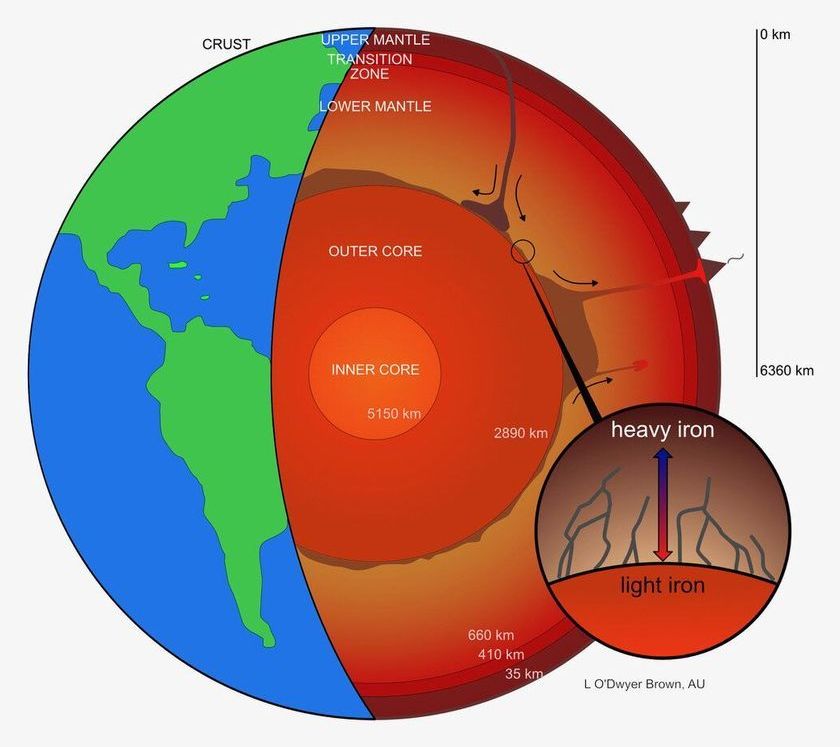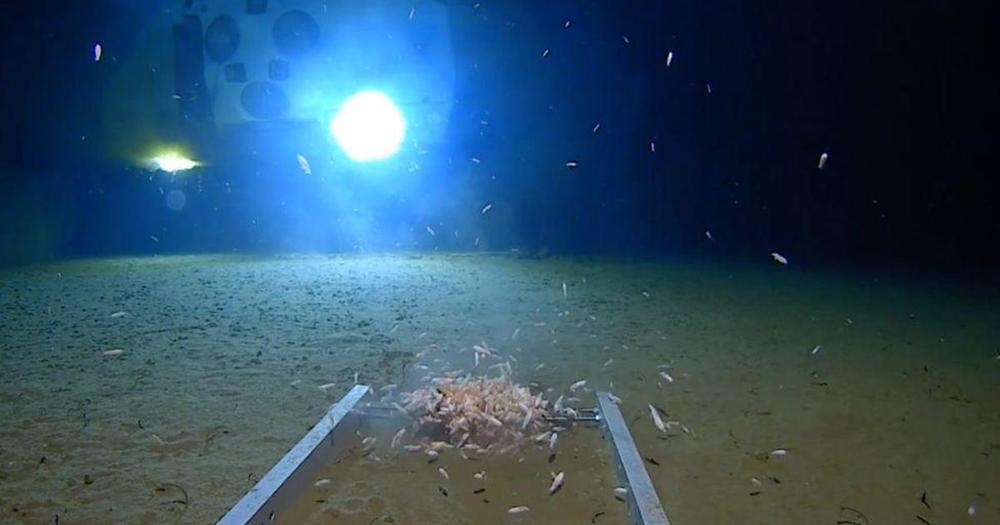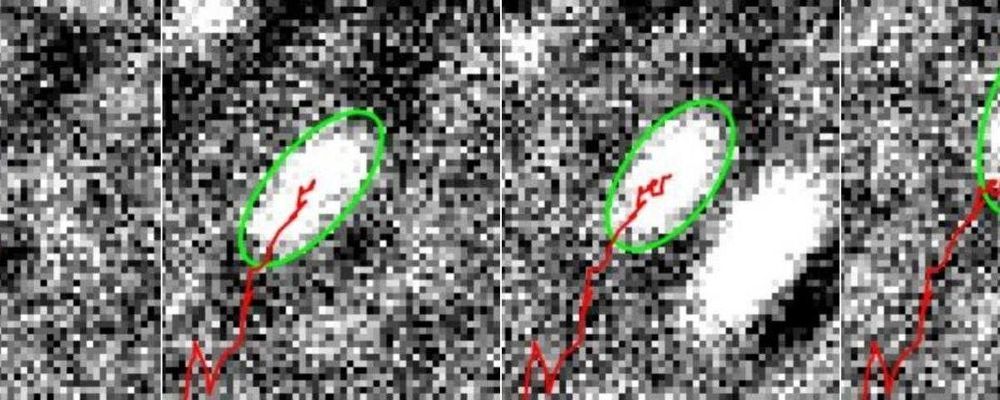Could use magnetism to pull the iron back inside. O,.,o.
Earth’s molten core may be leaking iron, according to researchers who analyzed how iron behaves inside our planet.
The boundary between the liquid iron core and the rocky mantle is located some 1,800 miles (2,900 km) below Earth’s surface. At this transition, the temperature drops by more than a thousand degrees from the hotter core to the cooler mantle.
The new study suggests heavier iron isotopes migrate toward lower temperatures —and into the mantle—while lighter iron isotopes circulate back down into the core. (Isotopes of the same element have different numbers of neutrons, giving them slightly different masses.) This effect could cause core material infiltrating the lowermost mantle to be enriched in heavy iron isotopes.








